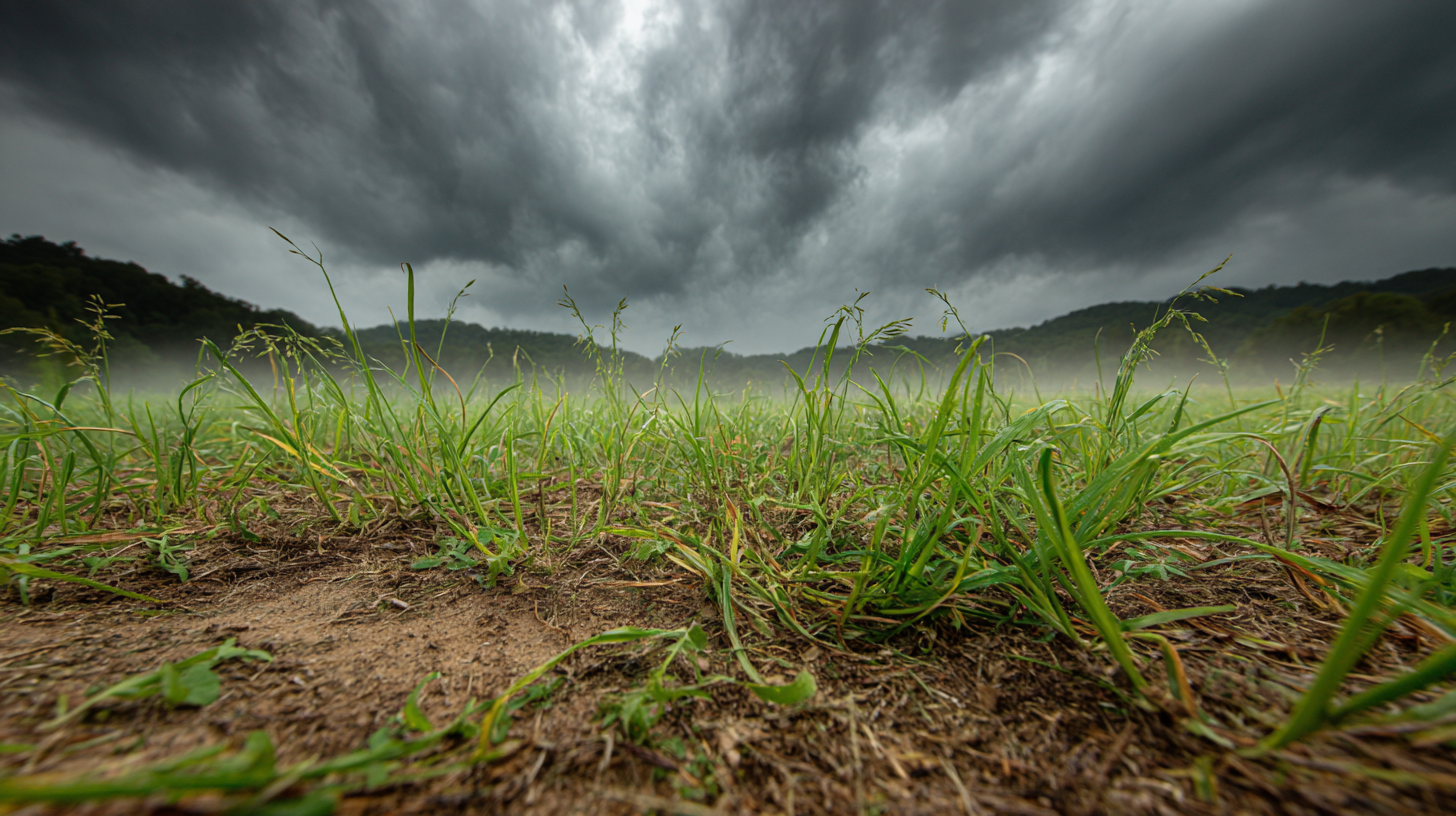Nutsedge and Buttonweed Control in Eastern Kentucky

Learn step-by-step herbicide strategies safely to eliminate nutsedge and Virginia buttonweed in your Eastern Kentucky Bermuda or Bluegrass lawn.
Nutsedge and Buttonweed Control in Eastern Kentucky
Introduction
A lush, weed-free lawn is every Kentucky homeowner's pride--but warm, humid summers in Eastern Kentucky are a perfect recipe for two of turf's toughest foes: nutsedge and Virginia buttonweed. These persistent weeds thrive in moist soils, outpacing your Bermuda and Kentucky Bluegrass (KBG) and leaving unsightly patches if unchecked. I've spent years helping neighbors tackle these invaders, and I'm here to walk you through a safe, effective, sequential herbicide plan tailored specifically for Eastern Kentucky conditions.
In this guide, you'll discover how to identify both weeds early, why a two-step application outperforms tank mixes, and best practices for timing, rates, and cultural care. Follow these tips, and you'll reclaim your turf without risking damage to your grass or the environment.
Identifying Nutsedge and Buttonweed
Nutsedge (Cyperus spp.)
Nutsedge often goes by "nutgrass," but it's a sedge, not a grass. Look for light-green, triangular stems, shiny leaves held at 60 degrees angles, and clusters of nut-like tubers below ground. It grows faster than turf, popping up in thin or damp spots.
Virginia Buttonweed (Diodia virginiana)
Buttonweed is a sprawling broadleaf with opposite leaves, white star-shaped flowers, and creeping stems that root at nodes. It loves low-lying areas and can quickly form a dense mat, choking out grass blades.
Why Eastern Kentucky Lawns Are Vulnerable
Eastern Kentucky's well-known rolling hills and clay soils often hold moisture longer, especially after summer storms. This moisture, combined with compacted turf from foot traffic and irrigation missteps, gives nutsedge tubers and buttonweed taproots a moist retreat to thrive. Plus, mixed lawns--warm-season Bermuda patches interlaced with KBG--need a balanced treatment approach to avoid turf injury.
Sequential Herbicide Strategy for Safe Control
University extension services caution against indiscriminate tank mixing of Sedgehammer (halosulfuron-methyl) with broadleaf products. A sequential plan minimizes turf stress and ensures each weed receives the right active ingredient.
Step 1: Broadleaf Herbicide for Buttonweed
Choose your product: A three-way mix (2,4-D + MCPP + dicamba) such as Trimec Southern or SpeedZone Southern works well. Carfentrazone options (Weed Free Zone) and Celsius WG (thiencarbazone + iodosulfuron + dicamba) also knock out buttonweed.
Rate & Timing: Apply in spring to early summer when buttonweed is young and actively growing. Follow the label--typical rates are 1.3-2.5 pt/acre for three-way formulas or 0.12-0.2 oz/1,000 sq ft for Celsius WG.
Water & Weather: Spray when temperatures are between 60 degreesF and 85 degreesF, with no rain expected for 24 hours. Avoid application during drought stress or extreme heat above 90 degreesF.
Wait Interval: Let the turf recover for at least 14-21 days, giving the broadleaf herbicide time to fully control buttonweed before moving to the next step.
Step 2: Sedgehammer for Nutsedge
Product Primer: Sedgehammer (halosulfuron-methyl) targets nutsedge tubers without harming Bermuda or KBG when used correctly.
Application Rate: Mix 0.35-0.70 oz per 1,000 sq ft, or follow 0.9-1.25 oz per acre guidelines on the label. Use a non-ionic surfactant if recommended.
Timing: Apply in late spring to early summer when nutsedge is 3-8 inches tall and actively growing. This timing maximizes uptake into tubers.
Coverage: Use a flat-fan nozzle at 20-40 psi for even coverage. Water lightly after 12-24 hours if dry, but avoid heavy irrigation that could wash away the herbicide.
Reapplication: Expect to retreat 4-6 weeks later for any new nutlets or tubers that emerge.
Application Timing and Environmental Tips
Apply morning or late afternoon to reduce UV breakdown and prevent turf stress from midday heat.
Avoid spraying within 48 hours of heavy rain to minimize runoff and maximize absorption.
Monitor soil moisture: slightly moist soil improves uptake; bone-dry turf limits herbicide movement.
Prevention and Cultural Practices
Mowing Height: Keep Bermuda at 2.5"-3" and KBG at 3"-3.5". Taller turf shades soil, slowing weed germination.
Aeration: Core-aerate in spring or fall to relieve compaction and improve drainage.
Irrigation: Water deeply (0.5"-1" per session) but infrequently (once or twice a week) to discourage shallow-rooted weeds.
Fertilization: Follow a balanced N-P-K program; healthy grass outcompetes most weeds.
Safety and Best Practices
Jar Test: If you're tempted to mix products, perform a small-scale compatibility test in a jar with label-specified rates.
Label Compliance: Always read and adhere to label instructions for rates, intervals, and PPE requirements.
Environmental Caution: Keep herbicides away from flower beds, waterways, and storm drains. Adhere to buffer zones as per Kentucky Department of Agriculture guidelines.
Personal Protective Equipment: Wear long sleeves, gloves, goggles, and respirator if recommended on the label.
Conclusion
Controlling nutsedge and Virginia buttonweed in Eastern Kentucky's Bermuda and Kentucky Bluegrass lawns doesn't have to feel like an uphill battle. By adopting a sequential herbicide approach--first targeting buttonweed with a broadleaf formulation, then following up with Sedgehammer for nutsedge--you'll get cleaner results, reduced turf injury, and clearer guidelines to follow. Combine this with solid cultural practices--mowing, irrigation, aeration--and you'll not only eliminate existing weeds but build a lawn that's resilient against future invasions. Now grab your sprayer, check those labels, and reclaim your turf--your neighbors will be asking what your secret is.